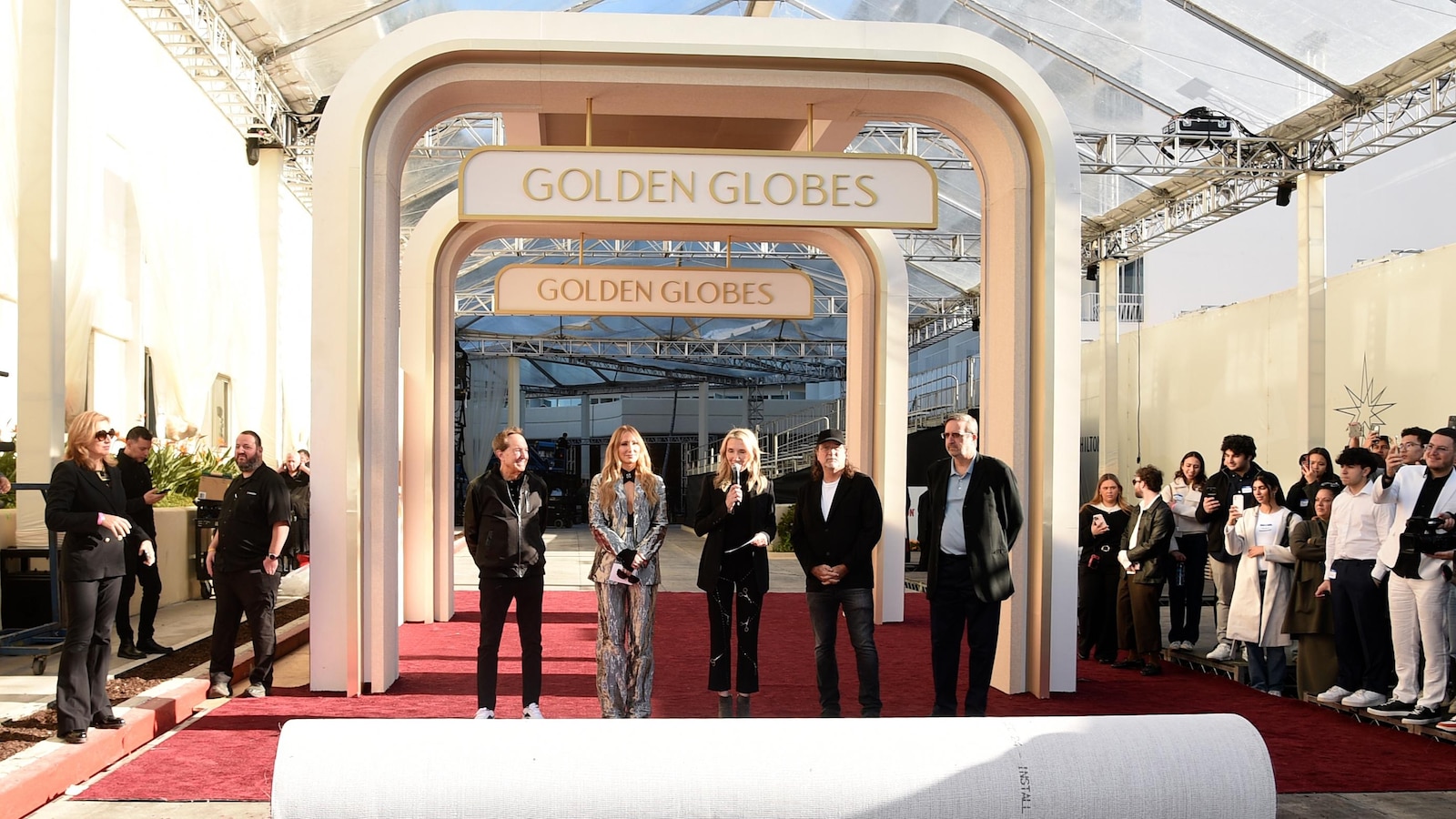Authorities in Venice have been accused of transforming the famous lagoon city into a “theme park” as a long-mooted entrance fee for day trippers comes into force.
Venice is the first major city in the world to enact such a scheme. The €5 (£4.30) charge, which comes into force today, is aimed at protecting the Unesco world heritage site from the effects of excessive tourism by deterring day trippers and, according to the mayor, Luigi Brugnaro, making the city “livable” again.
But several residents’ committees and associations have planned protests for Thursday, arguing that the fee will do nothing to resolve the issue.
“I can tell you that almost the entire city is against it,” claimed Matteo Secchi, who leads Venessia.com, a residents’ activist group. “You can’t impose an entrance fee to a city; all they’re doing is transforming it into a theme park. This is a bad image for Venice … I mean, are we joking?”
Once the heart of a powerful maritime republic, Venice’s main island has lost more than 120,000 residents since the early 1950s, driven away by a number of issues but predominantly a focus on mass tourism that has caused the population to be dwarfed by the thousands of visitors who crowd its squares, bridges and narrow walkways at the busiest times of the year.
The entrance fee, which is required only for access to Venice’s historic centre, is bookable online and will apply on 29 peak days, mostly weekends, from Thursday until 14 July as part of its trial phase.
Residents, commuters, students and children under the age of 14 are exempt, as are tourists who stay overnight.
Day trippers, however, will be required to buy their ticket online and will then be provided with a QR code. Those without one will be able to buy a ticket on arrival, with the help of local stewards, who will also carry out random checks at five main arrival points including Santa Lucia train station. Those without a ticket risk fines of between €50 and €300.
after newsletter promotion
Venice council said 5,500 people had booked a ticket for 25 April, a national holiday in Italy, bringing €27,500 to the city’s coffers on its first day. Although Brugnaro has denied it is a money-making initiative, he has promised to cut local taxes for residents if the scheme is successful.
Federica Toninello, who leads ASC, an association for housing, said: “They think this measure will solve the problem, but they haven’t really understood the consequences of mass tourism on a city like Venice.
“For a start, €5 will do nothing to deter people. But day trippers aren’t the issue; things like the shortage of affordable housing are … What we need are policies to help residents, for example, making rules to limit things like Airbnb.”
The local branch of Arci, a cultural and social rights association, said it would distribute “symbolic passports” to tourists on Thursday as a way of highlighting the “dubious constitutional legitimacy” of the measure in terms of restricting free movement. The fee, it added, would be “ineffective in containing mass tourism” while generating “unequal treatment between different categories of visitors”.
Others, however, have embraced the scheme. “It will serve to collect fundamental data and help regulate tourist flows, which during certain periods of the year risking damaging a fragile city like Venice,” Tommaso Sichero, the president of the association for Venice shop owners, told Avvenire newspaper.
Despite the criticism, the Venice tourism councillor Simone Venturini said the administration was feeling “very relaxed” about “the “adventure”. “For the first time since Venice affixed itself to mass tourism, we are trying to do something,” he said. “This is the most relevant point.”
While some have raised questions over privacy due to people having to feed their data into the booking system, Venturini said the tool would be useful in “providing more precise figures on visitor numbers”.






